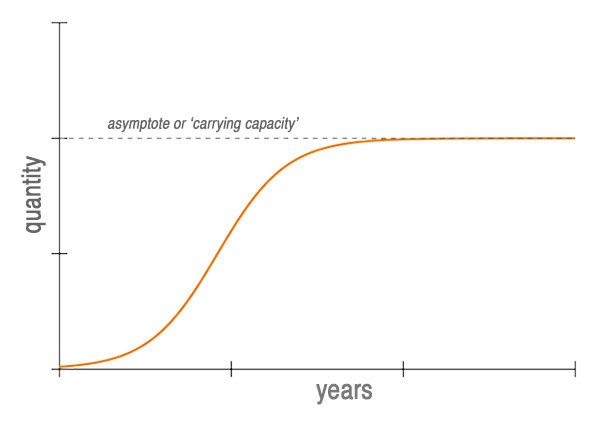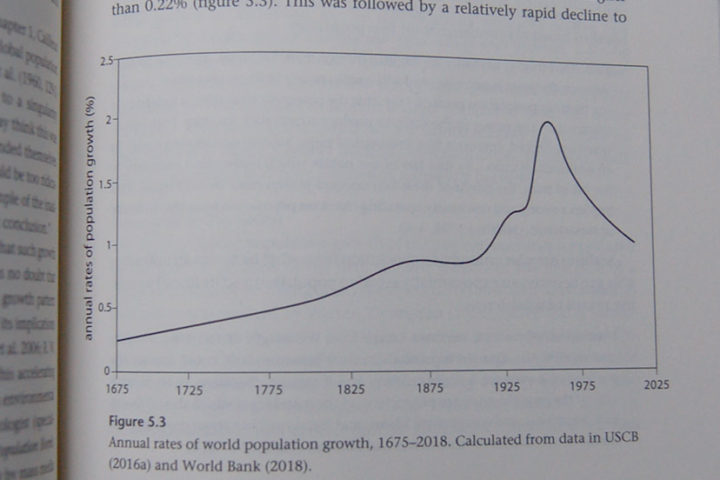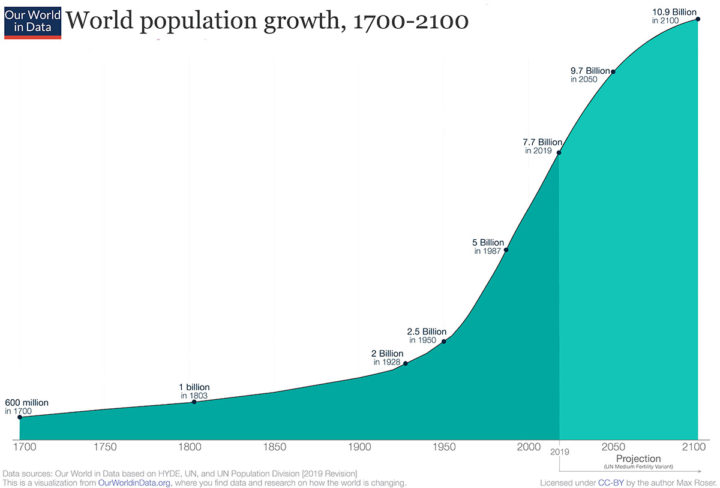Two government discussions about growth in Pagosa Springs took place last night.
We covered one of those issues very briefly in Part One: a 70-unit housing development in Aspen Village being proposed by the Town of Pagosa Springs in association with Texas-based housing developer Servitas LLC. This proposed project was considered by the Town Planning Commission, based on drawings like the one shown below.
No mention was made of the correct spelling for ‘Walmart’.
The Town Planning Commission approved the project, conceptually, with various details yet to be worked out. We also heard that Servitas plans to continue with the previously-planned development of two downtown parcels on Apache Street… in addition to this new 70-unit project… meaning that we might, someday, have a total of 98 new housing units aimed at serving working families and individuals, sponsored by the Town government.
Will Archuleta County step up in a similar fashion? Time will tell.
Also last night, the San Juan Water Conservancy District (SJWCD) hosted a public presentation of a report by the Wilson Water Group, apparently aimed at helping SJWCD justify investments of time and taxpayer money into the ill-fated Dry Gulch Reservoir project. The reservoir was originally proposed in 2003 as a 4,000 AF (acre-foot) storage facility. Under the influence of some highly questionable data and projections from Durango-based water engineer Steven Harris, the project grew to 35,000 AF — a size which the Colorado Supreme Court ultimately ruled as “speculative” and thus, illegal in Colorado.
The new report from Wilson Water Group also contains questionable data and projections, but suggests that a future reservoir in the Dry Gulch valley could be justified at maybe 1,600 AF (acre-feet) — smaller than the 4,000 AF project originally proposed in 2003 — if the main concern were municipal water demand.
And assuming some kind of population growth in Pagosa.
We’ve seen population growth happen here in the past. People moving in and building houses, or erecting tents. We will discuss the potential for population growth in a future installment.
But first, here are some a couple of thoughts from a 2006 speech by New South Wales Chief Justice James Spigelman, speaking to the annual conference of the Australian Institute of Judicial Administration :
In mid-18th century London, a mathematical prodigy named Jedediah Buxton was taken to see David Garrick perform in Shakespeare’s ‘Richard III’ at the Drury Lane theatre. When asked whether he had enjoyed the play, his reply was that it contained 12,445 words. His analysis did seem to miss some significant things.
The purpose of my address is not to deny the beauty of numbers, nor their utility. My purpose is to emphasize, as Jedediah Buxton’s reaction manifested, the inability of numbers to always identify what matters…
I’d like us to consider, in this editorial series, ‘what matters’ when we talk about ‘growth’. Numbers can certainly be useful, but they can also be a distraction, if you allow them to distract us.
Yesterday, in Part One, I shared a sample ‘logistic growth’ graph. Starts off slowly, hits a growth spurt, and then… slowly… levels off.
In a very basic way, this “S-shaped” graph hints at the way growth typically happens… and then stops happening. Nature loves an equilibrium, in many situations, and so do humans. Growth progresses, somewhat unevenly, up to a certain point… and then things level off.
We would get this type of growth curve if we graphed, for example, the development of commercial airliners from a certain perspective. The first commercial airliner, the de Haviland DH-16, had a cruising speed of about 112 mph in 1919. Speeds improved until about 1958, when Boeing rolled out the 707, with a maximum cruising speed of about 607 mph.
The latest Boeing airliner, the 787, cruises at 567 mph… slightly slower than the old Boeing 707. In terms of speed, Boeing airliners have followed a logistic curve that reached its ‘asymptote’ in 1958.
Here’s a story about population, Below is a graph from the 2019 book, Growth: From Microorganisms to Megacities, by the prolific author Vaclav Smil. The graph shows the ‘rate’ of global population growth, as calculated by certain statisticians. As we see, the estimated data begins in 1675 and ends in 2018.
The rate of global population increase was very slight in 1675, only about 0.25% per year. The high point came in about 1966, with an annual rate of just over 2%. (About 8 times the rate in 1675.) By 2018, it had fallen to about 1% per year, about half the 1966 rate.
Most of the extreme growth rate between about 1920 and 1966 resulted from greatly improved infant mortality rates, improved sanitation, and medical advances. The decline after 1966 resulted from cultural shifts: smaller families, delayed marriages, women entering the workforce, concerns about ‘overpopulation’, and other societal changes.
When we view the way this change in the rate of population growth affected the total global population, starting in the year 1700, we get a graph that looks like this… with projections into the year 2100 by the UN Population Division:
As we notice, this is starting to look like a “logistic growth” curve. Starts off slowly, hits a growth spurt, and then… slowly… levels off.
But as interesting as all these graphs might be, they portray a very simplistic view of the subject known as “growth”.
We discussed briefly, for instance, the ‘logistic growth’ of commercial airliners. But we discussed only speeds. While the new Boeing 787 might be slightly slower than the old Boeing 707, we can also consider range, fuel efficiency, and passenger load.
The 787 has a range of 7,355 nautical miles; the 707’s range is 5,000 nautical miles.
The 787 burns about 5,000 kg of fuel per hour; the original 707 burned about 7,000 kg of fuel per hour.
The 787 accommodates a maximum of 359 passengers; the 707 holds 189 passengers.
If we divide the fuel efficiency by the maximum number of passengers, the 787 is more than twice as fuel-efficient, per passenger mile traveled.
‘Speed’ is not the only factor to consider, when comparing airliners. If we wanted to graph the ‘growth of efficiency’ among Boeing planes, the progress has been quite impressive since 1958.
What are the factors we ought to consider, when looking at ‘growth’ in a small mountain town like Pagosa Springs? If we want to talk about “what matters”?
There’s no doubt that the Archuleta County population grew significantly between 1980 (pop. 3,664) and 2020 (pop. 13,359). That’s one type of ‘growth’. Number of people, number of homes, and number of businesses are relatively easy to count and put into a graph. Ditto for the amount of tax revenues collected by our local governments, and the median price of a three-bedroom house, and the average weekly wage paid.
Number of tourists? That’s a more difficult number to calculate and graph.
Average time spent waiting to make a left-hand turn during noon traffic? I haven’t heard of anyone doing that calculation.
Number of potholes?
Yesterday, in Part One, I mentioned a comment by realtor (and Daily Post columnist) Lee Riley, in reference to the proposed ‘Pagosa Views’ subdivision adjacent to the Pagosa Springs Elementary School.
With this possible new development on the horizon, the debate continues: growth or no growth? The majority of the buyers I deal with want to be the last one in and shut the door behind them.
I would propose that the debate is not, in fact, about ‘growth or no growth’ — in much the same sense that an intelligent assessment of Boeing airliners is not merely about ‘speed’.





